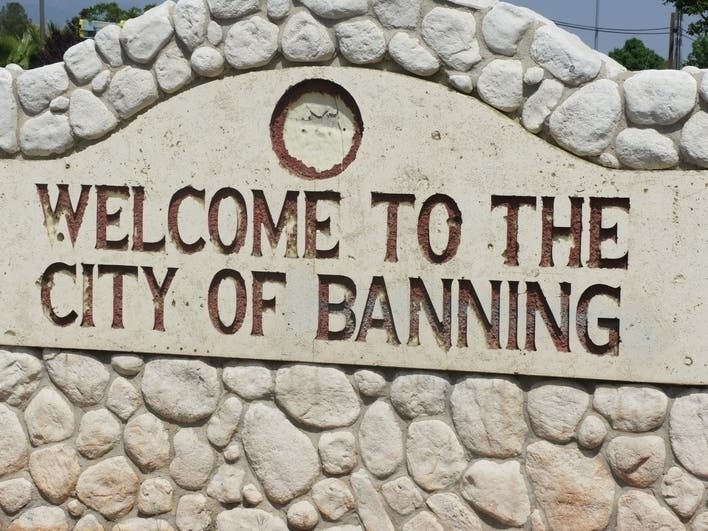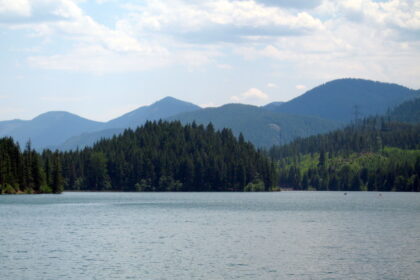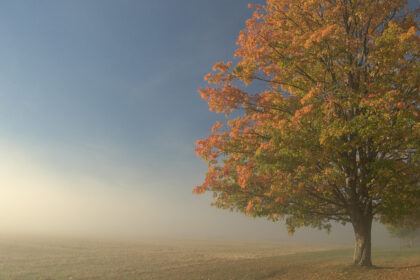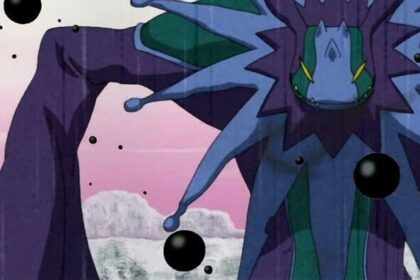Banning is a city in Riverside County, California, United States. Take a look below for 25 incredible and awesome facts about Banning, California, United States.
1. The population was 29,603 at the 2010 census.
2. It is situated in the San Gorgonio Pass, also known as Banning Pass.
3. It is named for Phineas Banning, stagecoach line owner and the “Father of the Port of Los Angeles.”
4. Banning shares geographic and regional features with its western neighbor, the city of Beaumont.
5. Banning and Beaumont have been rapidly growing in size and population since the 1990s. Both cities are about 80 miles east of downtown Los Angeles and 30 miles west of Palm Springs, each connected by freeway and railroad.
6. Initially named Moore City, for and by Ransom B. Moore, within only a few months the town was renamed for Phineas Banning, “Father of the Port of Los Angeles”.
7. Banning had pastured sheep in the San Gorgonio Pass area, and operated a stagecoach that ran through the Pass.
8. The area, up to the mid-19th century, was inhabited by the Cahuilla people, though the region around Banning was originally Maringayam (Serrano), and the Cahuilla expanded into the pass only in historic times.
9. In 1824 the Mission San Gabriel Arcángel established the Rancho San Gorgonio in the pass.
10. The first Anglo to settle in the area was Dr. Isaac Smith in 1853. In 1863 a smallpox epidemic further diminished the Cahuilla.
11. The government created Indian reservations for the Cahuilla in 1877.
12. The settlement that was to become Banning developed in coincidence with the start of the Colorado River Gold Rush. The Bradshaw Trail, which passed through the area in 1862, was a wagon road to the gold boomtowns of the Arizona Territory.
13. Gilman’s Ranch, north of downtown, served as a station for the stagecoach lines on this road.
14. The railroad followed, passing through the town in 1876. The Southern Pacific (later purchased by Union Pacific) railroad was a major contributor to the area’s growth. U.S. Route 99 was built in 1923, followed by U.S. Route 60/70 in 1936, and subsequently Interstate 10.
15. Banning borders the Morongo Indian Reservation, home to the Morongo Band of Cahuilla (Mission) Indians.
16. Relations with reservation residents have been strained by disputes over water rights. Dorothy Ramon’s book Always Believe (published 2000) depicts a Maringayam’s views on Banning and reservation life.
17. Prior to the name Banning, the settlement was called Moore City. Ransom B. Moore operated a large cattle ranch and was later a member of the Los Angeles County Board of Supervisors, settling in the area and nearby San Gorgonio mountains in the early 1860s. Moore sold his holdings and relocated to central Arizona in 1883.
18. The town of Banning was incorporated on February 6, 1913.
19. In the early 20th century, the area immediately around Banning was considered well fitted to almond culture, and was known as the oldest almond growing district in southern California.
20. The St. Boniface Indian Industrial School was opened in 1890, providing vocational education to Cahuilla, Serrano, Luiseño, Kumeyaay, and other American Indians.
21. Bishop Francisco Mora y Borrell authorized the school and Mother Katharine Drexel provided funding to the Bureau of Catholic Indian Missions for purchase of the land, construction, and operations.
22. Over its history, about 8,000 students attended the school which was demolished in 1974.[9] A small abandoned cemetery remains.
23. During World War II, Banning was the site of the 1,000-bed Banning General Hospital. It supported training at the Desert Training Center and was later used as a naval convalescent hospital. The facilities were dismantled in 1948.
24. In 1942 the citizens of Banning raised funds for the purchase of an M3 Stuart tank to support the war effort. After the war the tank was given to the South African defense force. The tank, named “City of Johannesburg”, is preserved at a local museum in Richmond, Natal Province, South Africa.
25. Banning Stagecoach Days has been held annually since 1957 in recognition of the city’s historic ties to the original stagecoach line that passed through the area in the late 1800s, and because the city’s namesake, Phineas Banning, was himself a stagecoach operator. Currently, each year the event is operated by the non-profit “Stagecoach Days Association”, and held at the AC Dysart Equestrian Park in Banning.




